Living in a cramped Japanese home means living close to your trash, but there’s an easy way to make the situation easier on your nose.
trash (Page 2)
Shocked net users lament the beachside paradise littered with garbage–an uncommon occurrence in usually tidy Japan.
Movement started by Japanese soccer fans spreads beyond Japanese team’s opponents and group, could be changing the face of sports fandom.
If you dare to litter in Tokyo, you’d better watch out, because there’s a team of fearsome samurai warriors ready to admonish you.
Don’t mistake crows for being dumb birds. They will remember your face and never forget you!
Celebration’s image tarnished in recent years as partiers leave huge amounts of trash on the streets.
Especially when he blatantly disregards the law by putting it out on the wrong day for recyclables.
Remember when everyone’s minds were blown by images of Japanese fans tidying up their section after the World Cup? Well what might seem amazing to some is totally atarimae (obvious and expected) to the typical Japanese mindset. As your mother may have told you as a kid; you make the mess, you tidy it up! And the day after the massive Halloween party at the famous Shibuya crossing last weekend, volunteers were out in droves this year again with plastic bags and gloves to make the streets all sparkly again.
But just how many of them actually even contributed to the mess to begin with? According to reports on Twitter, not too many—and boy, are they angry…
The insane queues for the release of Apple’s iPhone 6 and iPhone 6 plus were reported by media outlets around the world, but what fewer of them have picked up on is the aftermath of the hype, and what was left behind once Apple fans had got their mitts on the latest slinky gadgets.
Japanese soccer fans attracted plenty of praise at the World Cup last month when, having watched their team lose to Ivory Coast, they diligently cleaned up their trash from the stadium. Whether you think these supporters’ actions show how important it is to Japanese people to be considerate of others, or just good old-fashioned common sense that applies wherever you are in the world, everyone (well, almost everyone) agreed that taking your rubbish home with you is A Good Thing.
This week, however, Japanese Twitter users have breathed a collective disappointed sigh as photos of the trash left in the streets after the world-famous Sumida River Fireworks Festival show some people in Japan aren’t as super-considerate as we’d like to think. Is Tokyo an exception to the rules? Or is Japan’s reputation as a super-clean nation undeserved?
Is Japan’s recycling system the most complicated in the world? It sure feels like it sometimes. Household waste must of course be separated into burnable and non-burnable, but after that there’s a dizzying array of recycling categories to break your non-burnables into. Since Japan is a relatively small country without masses of land to use for burying waste, the vast majority of waste used to be incinerated. However, with increasing ecological awareness in the 1990s came new legislation to minimise the amount of waste being burnt, and promote recycling.
Public awareness of the need to recycle is high, but the system can be baffling for new foreign residents. The problem lies not only in the array of recycling categories, but also in the apparent overlap between them: the grey areas. Is an empty pizza box considered recycled paper? Or is it burnable? Paper packages? “Other”? And if a bottle is made of a different type of plastic to the standard PET, is still a “pet bottle”, or is it just “plastic”?
Today we bring you six reasons to learn what goes in what box, and a few hints for getting it right along the way.
Japan is known for being one of the cleanest countries in the world, surely a point of pride for many Japanese people. But is it enough to pull a knife on someone for littering?
Last month, Tokyo police arrested a 60-year-old man for threatening a female high school student with a knife after they threw their trash on the ground of a public park.
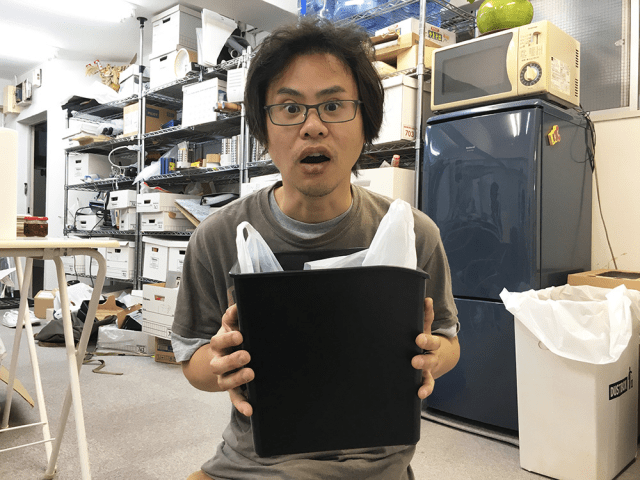


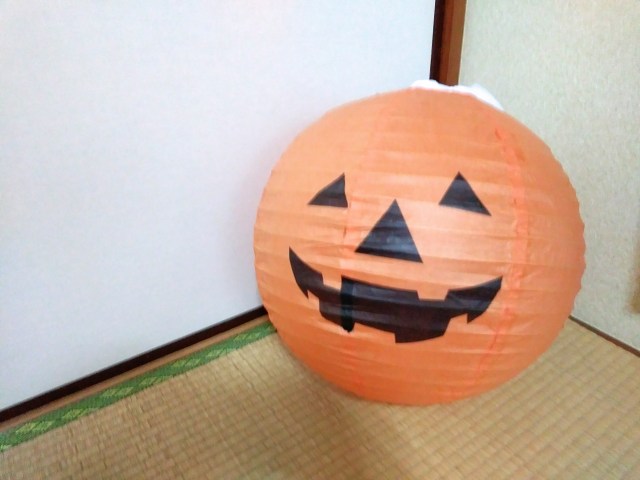

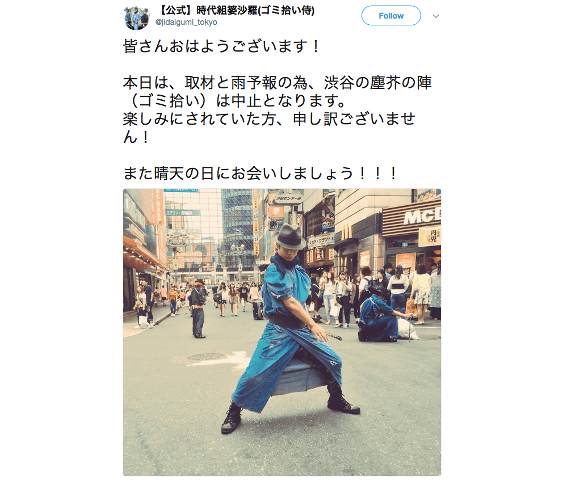
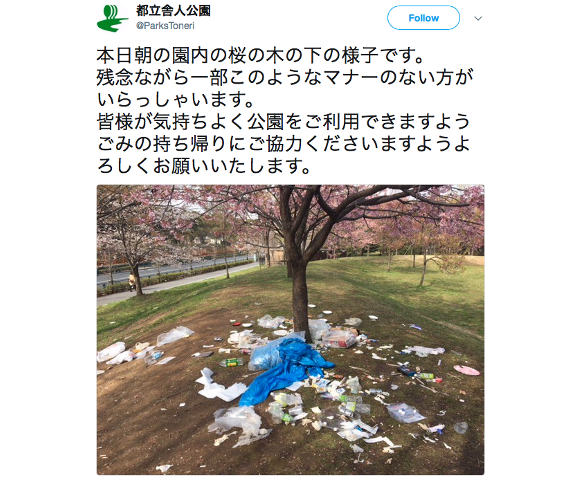
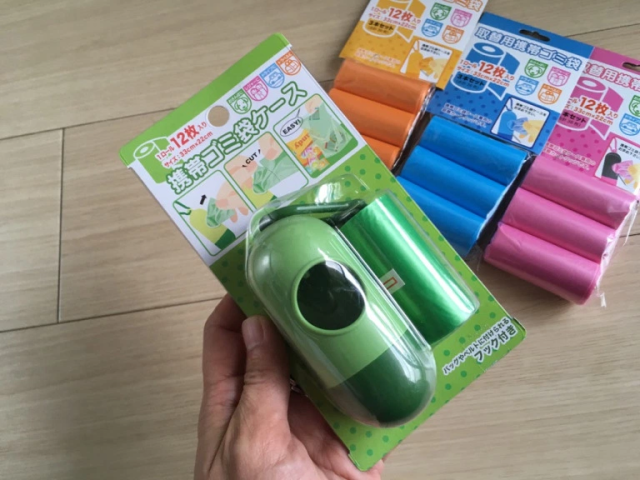
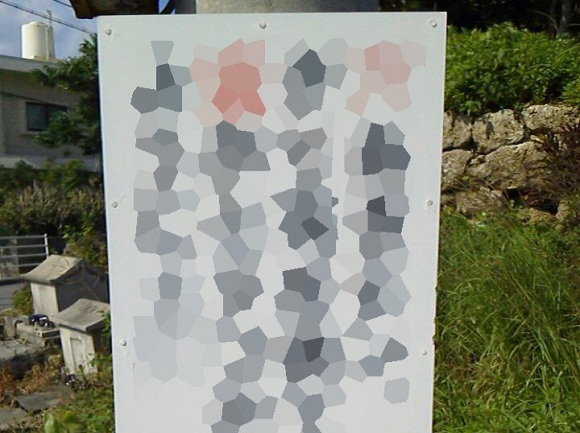
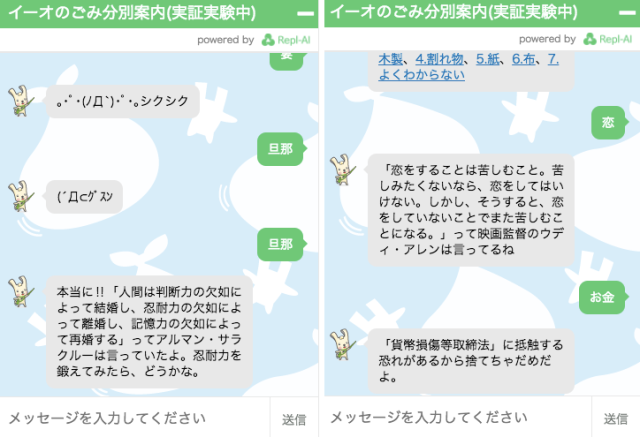
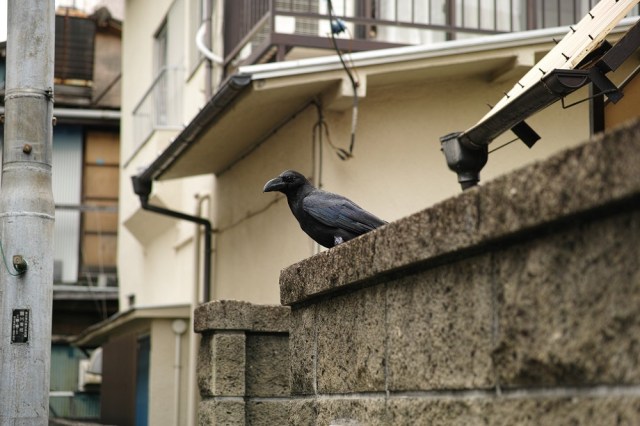


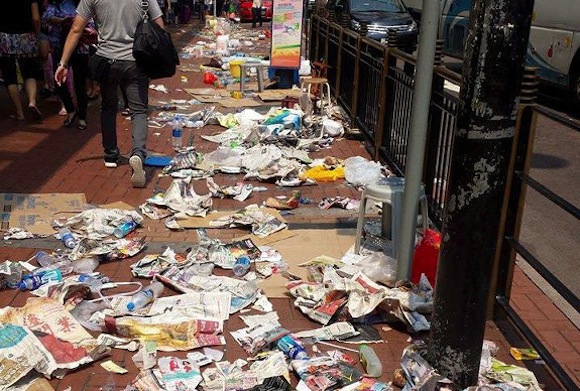
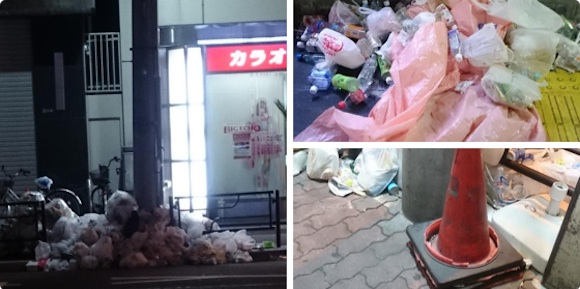
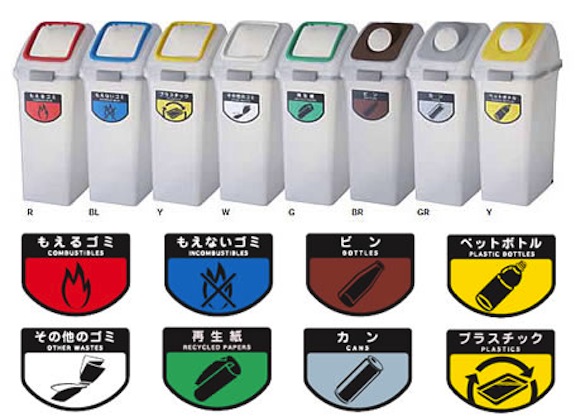
 7-Eleven Japan releases fukubukuro lucky bags filled with convenience store surprises
7-Eleven Japan releases fukubukuro lucky bags filled with convenience store surprises Studio Ghibli releases new range of cardigans for anime fans
Studio Ghibli releases new range of cardigans for anime fans Celebrating Good Couple’s Day in Japan…by getting our significant others to dress us
Celebrating Good Couple’s Day in Japan…by getting our significant others to dress us Kyoto Whopper divides customers at Burger King Japan
Kyoto Whopper divides customers at Burger King Japan Starbucks Japan unveils second Holiday Frappuccino for 2024
Starbucks Japan unveils second Holiday Frappuccino for 2024 How merry is Starbucks Japan’s new Merry Cream holiday Frappuccino?
How merry is Starbucks Japan’s new Merry Cream holiday Frappuccino? Taking the Kyoto overnight bus for the first time
Taking the Kyoto overnight bus for the first time The new Ranma 1/2 anime is here! So is it worth watching?【SoraReview】
The new Ranma 1/2 anime is here! So is it worth watching?【SoraReview】 These Pakistani students in Tokyo had never been to the beach, and that’s something we had to fix
These Pakistani students in Tokyo had never been to the beach, and that’s something we had to fix Weird Japanese vending machine find of the day: Cream in cans?
Weird Japanese vending machine find of the day: Cream in cans? One of Japan’s most beautiful hot spring towns announces new limits on number of day trippers
One of Japan’s most beautiful hot spring towns announces new limits on number of day trippers Ghibli’s Princess Mononoke teams up with Foxfire for outdoor apparel collaboration【Photos】
Ghibli’s Princess Mononoke teams up with Foxfire for outdoor apparel collaboration【Photos】 Berserk T-shirts coming to Uniqlo for launch of new Manga Curation line【Photos】
Berserk T-shirts coming to Uniqlo for launch of new Manga Curation line【Photos】 Mario Kart Happy Meal toys arrive at McDonald’s Japan, and SoraNews24 has the whole set!【Photos】
Mario Kart Happy Meal toys arrive at McDonald’s Japan, and SoraNews24 has the whole set!【Photos】 Japanese burger chain no longer serves onion rings, but offers intriguing replacement【Taste test】
Japanese burger chain no longer serves onion rings, but offers intriguing replacement【Taste test】 Yakuza vending machines coming to real-world Tokyo neighborhood that inspired Like a Dragon games
Yakuza vending machines coming to real-world Tokyo neighborhood that inspired Like a Dragon games Nintendo’s controller capsule toys are so cool, even the machine you buy them from is awesome【Pics】
Nintendo’s controller capsule toys are so cool, even the machine you buy them from is awesome【Pics】 Tokyo Disneyland loses top-attendance crown for Japanese theme parks for second year in a row
Tokyo Disneyland loses top-attendance crown for Japanese theme parks for second year in a row Ghibli Park debuts first winter illumination display with Howl’s Moving Castle theme
Ghibli Park debuts first winter illumination display with Howl’s Moving Castle theme Pringles releases a limited-edition sweet flavour in Japan
Pringles releases a limited-edition sweet flavour in Japan Sanrio and magical girl anime PreCure join forces for new merch line【Photos】
Sanrio and magical girl anime PreCure join forces for new merch line【Photos】 Japanese job-quitting service contacted by other job-quitting service because employee wants to quit
Japanese job-quitting service contacted by other job-quitting service because employee wants to quit After cancelling Halloween, Tokyo’s Shibuya neighborhood cancels New Year’s Eve too
After cancelling Halloween, Tokyo’s Shibuya neighborhood cancels New Year’s Eve too McDonald’s new Happy Meals offer up cute and practical Sanrio lifestyle goods
McDonald’s new Happy Meals offer up cute and practical Sanrio lifestyle goods Foreign tourists on Shinkansen bullet train break suitcase etiquette, angering local passengers
Foreign tourists on Shinkansen bullet train break suitcase etiquette, angering local passengers [Deleted] Article written for April Fool’s Day 2018
[Deleted] Article written for April Fool’s Day 2018 Japanese government to make first change to romanization spelling rules since the 1950s
Japanese government to make first change to romanization spelling rules since the 1950s Foreigner’s request for help in Tokyo makes us sad for the state of society
Foreigner’s request for help in Tokyo makes us sad for the state of society Ghibli founders Toshio Suzuki and Hayao Miyazaki contribute to Japanese whisky Totoro label design
Ghibli founders Toshio Suzuki and Hayao Miyazaki contribute to Japanese whisky Totoro label design Japanese convenience store Family Mart announces abolishment of eat-in spaces
Japanese convenience store Family Mart announces abolishment of eat-in spaces Princesses, fruits, and blacksmiths: Study reveals the 30 most unusual family names in Japan
Princesses, fruits, and blacksmiths: Study reveals the 30 most unusual family names in Japan Life-size vibrating Legend of Zelda Master Sword for sale from Nintendo【Photos】
Life-size vibrating Legend of Zelda Master Sword for sale from Nintendo【Photos】 Studio Ghibli releases free-download board game — Here’s how to play it without reading Japanese
Studio Ghibli releases free-download board game — Here’s how to play it without reading Japanese How merry is Starbucks Japan’s new Merry Cream holiday Frappuccino?
How merry is Starbucks Japan’s new Merry Cream holiday Frappuccino? Taking the Kyoto overnight bus for the first time
Taking the Kyoto overnight bus for the first time The new Ranma 1/2 anime is here! So is it worth watching?【SoraReview】
The new Ranma 1/2 anime is here! So is it worth watching?【SoraReview】 These Pakistani students in Tokyo had never been to the beach, and that’s something we had to fix
These Pakistani students in Tokyo had never been to the beach, and that’s something we had to fix Weird Japanese vending machine find of the day: Cream in cans?
Weird Japanese vending machine find of the day: Cream in cans? Kyoto cookies let you create your own edible 3-D forest world
Kyoto cookies let you create your own edible 3-D forest world This Kobe Beef croquette currently has a 35-year waitlist…So is it worth it?【Taste Test】
This Kobe Beef croquette currently has a 35-year waitlist…So is it worth it?【Taste Test】 Korea’s Ban on Pachinko Pinball Gambling Sees an Increase in Gamblers Coming to Japan
Korea’s Ban on Pachinko Pinball Gambling Sees an Increase in Gamblers Coming to Japan The results are in! One Piece World Top 100 characters chosen in global poll
The results are in! One Piece World Top 100 characters chosen in global poll 100 years of Japanese women’s hair and makeup trends in less than a minute and a half【Video】
100 years of Japanese women’s hair and makeup trends in less than a minute and a half【Video】 My Hero Academia now accepting votes for “World Best Hero” from its vast roster of quirky characters
My Hero Academia now accepting votes for “World Best Hero” from its vast roster of quirky characters Yakuza vending machines coming to real-world Tokyo neighborhood that inspired Like a Dragon games
Yakuza vending machines coming to real-world Tokyo neighborhood that inspired Like a Dragon games It looks like fish, but does it taste like it? Imitation tuna almost breaks our minds 【Taste test】
It looks like fish, but does it taste like it? Imitation tuna almost breaks our minds 【Taste test】 What’s wrong with English education in Japan? Pull up a chair…
What’s wrong with English education in Japan? Pull up a chair…